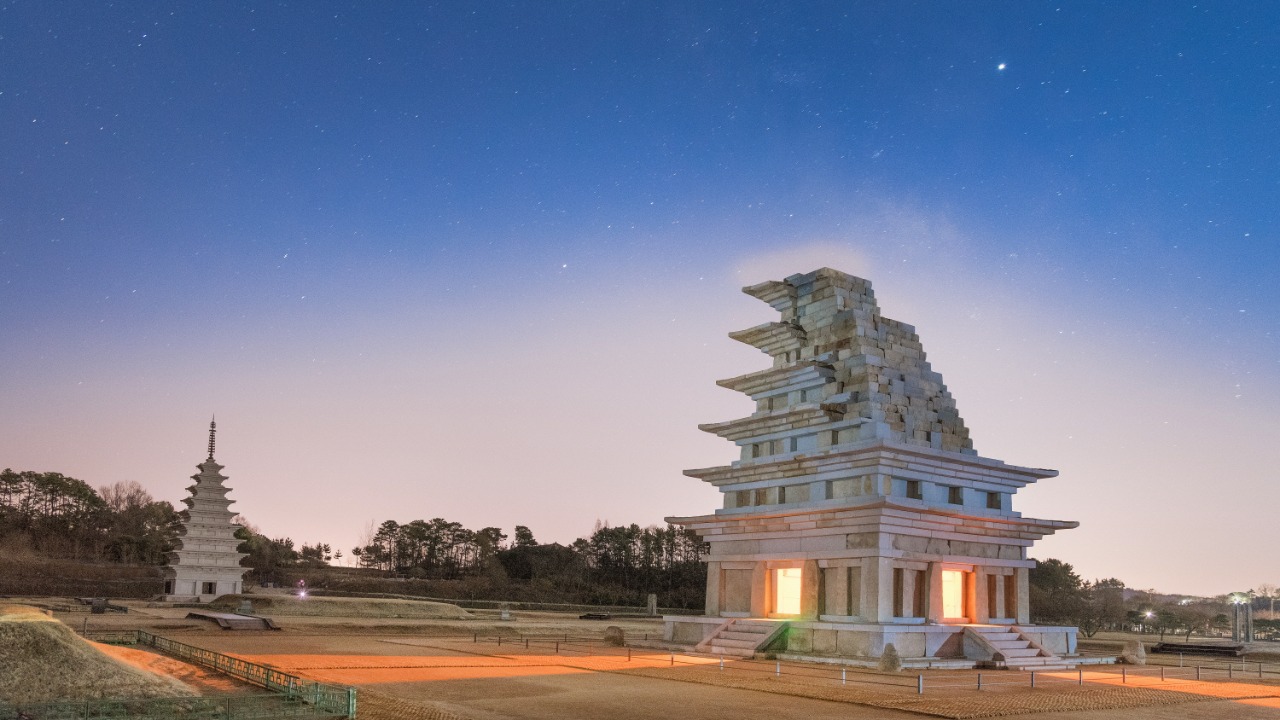
Archaeologists have made a groundbreaking discovery at a South Korean castle site, unearthing a 1,400-year-old underground freezer. This ancient structure, hidden beneath the fortress, showcases a sophisticated method of natural preservation, illustrating the advanced engineering capabilities of the Baekje Kingdom. The find not only highlights the technological prowess of this ancient civilization but also offers a glimpse into the daily life and survival strategies of the time.
The Unearthing Process
The excavation of this remarkable freezer began with the use of ground-penetrating radar, which allowed the archaeological team to identify the underground structure beneath the castle ruins. This non-invasive technology was crucial in pinpointing the exact location of the freezer without disturbing the surrounding area. Once identified, the team proceeded with careful manual digs to expose the structure, ensuring that the integrity of the site was maintained throughout the process. According to PopSci, the initial findings revealed intact earthen walls and a depth of approximately 2 meters below the surface, which had preserved organic remnants inside.
The timeline of the dig began with preliminary surveys in early 2025, leading to the full unearthing by mid-October 2025. This meticulous process underscores the dedication and expertise of the archaeological team, who worked tirelessly to bring this ancient marvel to light. The discovery of preserved organic materials within the freezer provides invaluable insights into the dietary habits and storage techniques of the Baekje Kingdom, offering a tangible connection to the past.
Design and Construction of the Freezer
The freezer itself is a cylindrical pit structure, approximately 3 meters in diameter, lined with stones to maintain cool temperatures year-round. This design utilizes evaporative cooling from the surrounding soil, a method that effectively preserved food without the need for modern refrigeration technology. The integration of the freezer with the fortress layout is particularly noteworthy, as it was strategically positioned near storage areas to facilitate the transport of food while remaining concealed for security purposes during the Baekje Kingdom era around 600 CE. As reported by ZME Science, the absence of modern materials in the construction highlights the reliance on natural insulation from compacted earth and ventilation shafts to prevent spoilage of meats and grains.
This ingenious design reflects the Baekje Kingdom’s understanding of their environment and their ability to adapt ancient technologies to suit their needs. The freezer’s construction not only served a practical purpose but also demonstrated the kingdom’s architectural and engineering skills, which have withstood the test of time.
Historical Significance
The freezer played a crucial role in the Baekje Kingdom’s sustenance strategies, enabling long-term storage for military garrisons stationed at the fortress during the 6th century. This capability would have been vital for maintaining the strength and readiness of the kingdom’s defenses. The freezer’s design can be compared to similar ancient preservation methods in other cultures, such as Persian yakhchals. However, its unique adaptation to Korea’s humid climate for a 1,400-year lifespan sets it apart as a remarkable feat of engineering.
The implications of this discovery extend beyond the immediate historical context, offering new insights into the Baekje Kingdom’s engineering prowess. The structure’s survival through multiple invasions and natural disasters speaks to the durability and effectiveness of its design. As noted by PopSci, understanding these ancient technologies can inform modern preservation techniques and inspire further archaeological exploration in the region.
Preservation and Future Research
Current conservation efforts focus on climate-controlled analysis of residues like animal bones and seeds found within the pit. These analyses aim to reconstruct ancient diets and provide a more comprehensive understanding of the Baekje Kingdom’s lifestyle and food storage practices. The preservation of these organic materials is essential for maintaining the integrity of the site and ensuring that future generations can learn from this extraordinary discovery.
Plans are underway to integrate the site into an on-site museum at the South Korean castle, with public access expected by late 2026. This initiative will allow visitors to experience the 1,400-year-old artifact firsthand, fostering a deeper appreciation for the ingenuity of ancient civilizations. As reported by ZME Science, the potential for discovering similar freezers at other Baekje sites based on this unearthing could significantly enhance our understanding of the kingdom’s technological advancements.
The discovery of this ancient underground freezer not only enriches our knowledge of the Baekje Kingdom but also highlights the enduring legacy of their engineering achievements. As archaeologists continue to explore and preserve these historical treasures, the potential for new insights and discoveries remains vast, promising to deepen our connection to the past and inform our understanding of ancient technologies.